My gut feel here is that Nokia Camera is bound to produce the best results, because the engineers at Nokia would be working with full inside knowledge of the sensor and image processing pipeline inside each phone. However, both 1Shot and ProShot here claim good results and are from serious developers, so I decided to put them to the test.
Well, to get a data point at least. You see, there's little point in doing lots of test photos out in daylight, since results would be identical - what was needed was to make each camera application really work, i.e. a shot in low light, with masses of noise to contend with. With this in mind, I set up a tripod (to eliminate any jostling from my hands!) in a dim room, around 60cm from a subject with high detail (in this case, some coloured nail polishes from my daughter!) I was using the Lumia 1520 (as a representative of the current latest incarnation of Nokia's PureView sensors/chipsets) and shot the same scene, without flash, using each application at several different resolutions.
Very controlled circumstances then, which is exactly what's needed if I'm to pull any conclusions from this comparison. As you'll see below, even separating the test applications under this extreme low light test is very hard indeed!
Here's the full scene, for context:

Maximum resolution test
First of all, looking at the 19MP (or so, depending on aspect ratio) images from Nokia Camera (top), ProShot (middle) and 1Shot (bottom), cropping into detail at the centre of the frame:
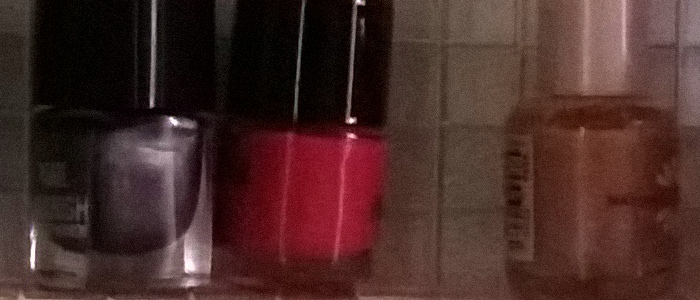
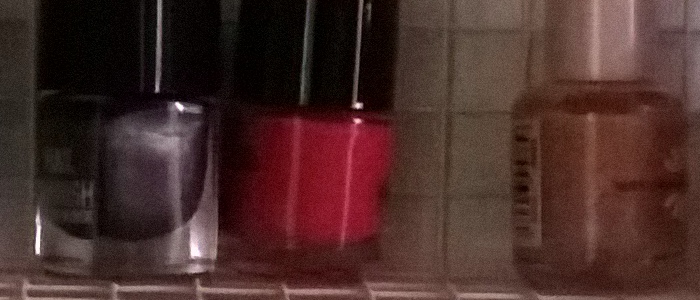
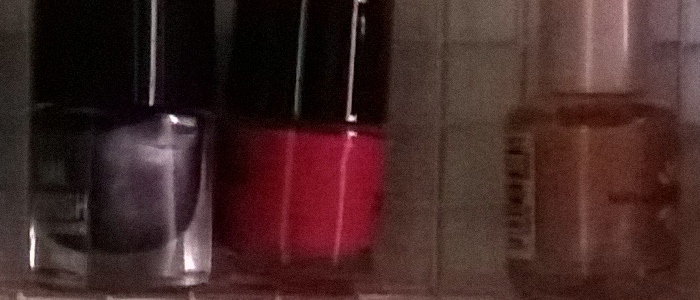
Hang on, you'll think, these crops are identical. And you'd be right, they're close enough to be effectively identical. Which is as you might expect, given that each is using the full resolution output from the phone camera, as supplied by the imaging APIs. I was expecting Nokia Camera's output to have a little extra image quality, but I think you'll agree that, for full resolution shots it makes absolutely no difference whatsoever which Windows Phone camera application you pick.
5MP Oversampled
But what about 'oversampled' shots? I mean, the whole point of Nokia's PureView cameras is that the high megapixel count enables things like lossless zoom and... oversampling. In this case, combining data from multiple underlying pixels to create a single (e.g. 5MP) JPG with purer colours and lower noise?
1Shot is out here, since it concentrates on maximum resolution for every JPG, but we can compare Nokia Camera (top) with ProShot's own '5MP plus 19MP' mode (middle) and also to the 5MP output from the default Windows Phone 'Camera' app (bottom), still included on every device.
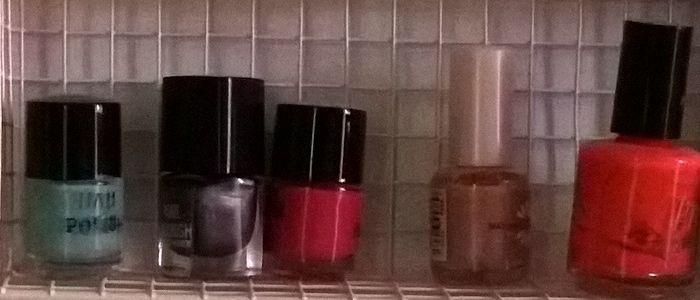
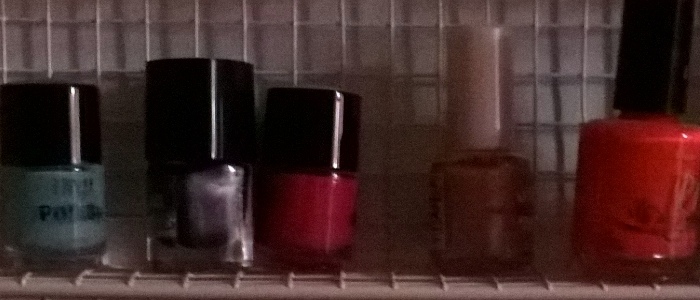
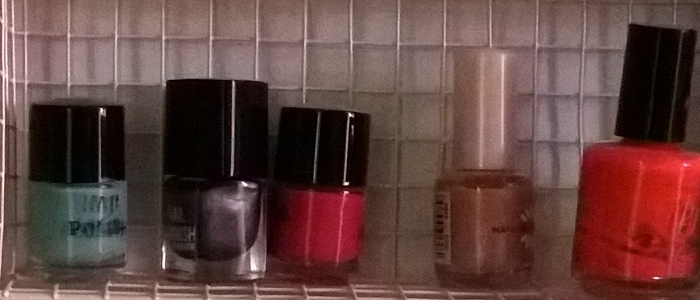
At least there are differences starting to show now. The Nokia Camera crop, with true oversampling (using the phone's main processor, partly explaining the slight delay in shot to shot time), produces the cleanest and most accurate shot, followed surprisingly closely by the output from the '5MP scrape of the sensor' of the default Windows Phone Camera.
In contrast, ProShot doesn't seem to be doing any oversampling of the sensor data, and merely scaling down the higher resolution shot, resulting in relatively high noise and uncertainty.
Again, I should emphasise that this is a deliberately low light challenging shot and with no flash allowed - I was trying to 'stress' the software. A real world still life under these conditions would be significantly better and cleaner, because the flash would fire.
Oversampling vs the 1020?
It should be remembered here that this test was being done on the Lumia 1520, with only a small degree of oversampling - let's compare the result to the same scene taken on the Lumia 1020, with 41MP underlying sensor.
1520 on top, 1020 beneath:

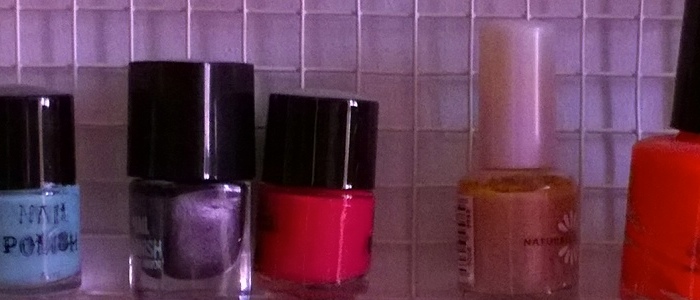
Despite the low light, the much larger (2.5x the size) sensor and lens in the 1020, plus the higher degree of oversampling (around 7:1 - the exact ratio is proprietary to Nokia) produce a cleaner result, as expected. The 1020 is still the king here. However, I'd point out the obvious pink tinge to the 1020 result - a sign that image processing under certain circumstances still isn't perfect even on Nokia's camera champion. (Lumia Cyan is supposed to bring tweaks to image processing for both phones.)
Takeaways
- If you're shooting and hoping to take away a full resolution on the likes of the 1520 and 930 result then image quality doesn't depend on which camera application you pick. So you can plump for the likes of 1Shot (with infinitely variable resolution, according to zoom) or ProShot (with DSLR-like interface and masses of customisability) with no loss of quality.
- If you're wanting something more manageable, e.g. at 5MP, then stick to Nokia Camera if you have time to set up and take each shot, or the default Windows Phone Camera if speed (and inter-shot speed) is of the essence.
____________________
PS. Eagle eyed readers will spot that a couple of the photo crops above have slightly different reflections - I had to shoot these at a slightly different time of day (i.e. a reshoot!) but did my best to make sure that absolute light levels in the curtained room were identical.
